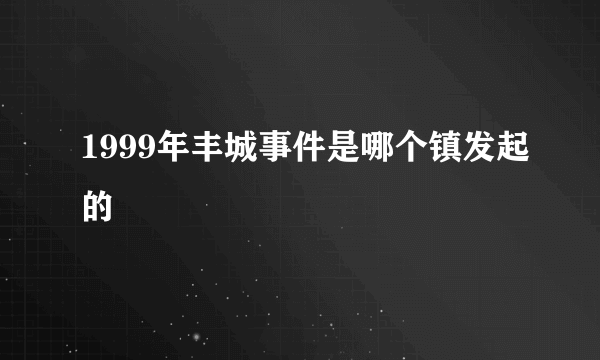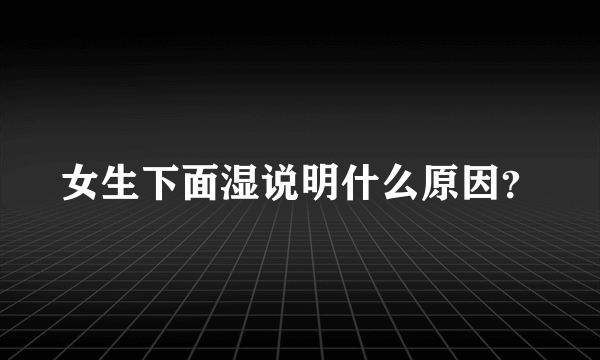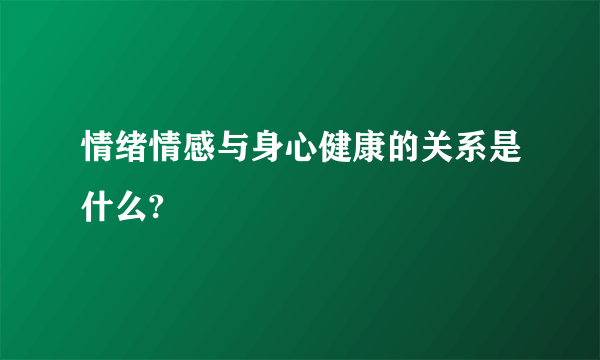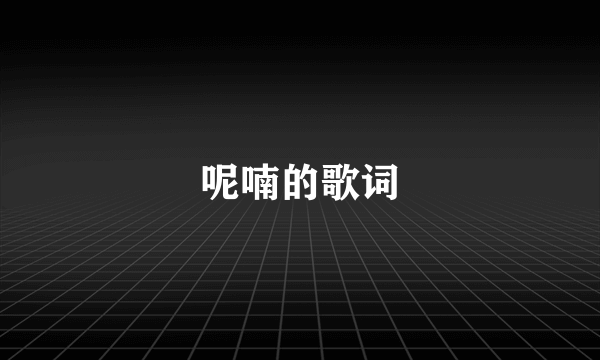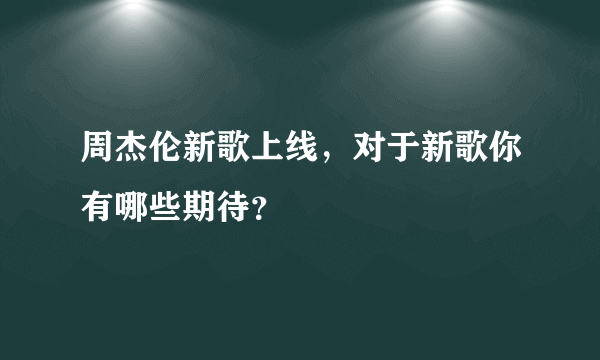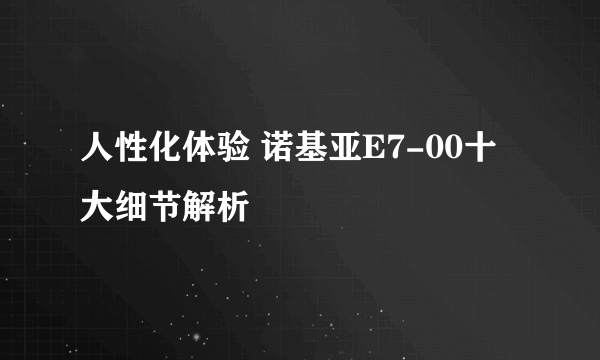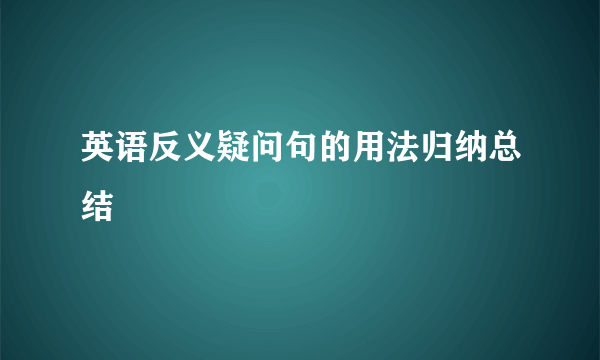
疑问句,两部分的人称时态应保持一致.
1.陈述部分肯定式+疑问部分否定式
2.陈述部分否定式+疑问部分肯定式
They work hare, don’t they?
She was ill yesterday, wasn’t she?
扩展资料
1.当陈述部分的'主语是I , everyone, everything, nobody 时,后面的疑问句应表示为:
I am a student, aren’t I
Everyone is in the classroom, aren’t they?
2. 当陈述部分有never,seldom, hardly,few,little,barely, scarcely, nothing 等否定词时,后面的疑问句则表示为:
There are few apples in the basket, are there?
He can hardly swim, can he?
3. 当陈述部分是I think 加从句时,疑问句应和从句的人称时态保持一致.
I think chickens can swim, can’t they?
I think Lucy is a good girl, isn’t she?
4. 陈述部分有had better 时,疑问句应用hadn’t开头:
you’d better get up early, hadn’t you?
5.当陈述部分是祈使句时,疑问句要根据语气来表达
Let’s go out for a walk, shall we?
Let us go our for a walk, will you?
6.反义疑问句的回答用yes, no, 但是,当陈述部分是否定形式时,回答要按事实.如:
They don’t work hard, do they? 他们不太努力工作,是吗?
Yes, they do. 不,他们工作努力./No, they don’t. 对, 他们工作不努力.
下载文档
标签:疑问句,反义,用法





